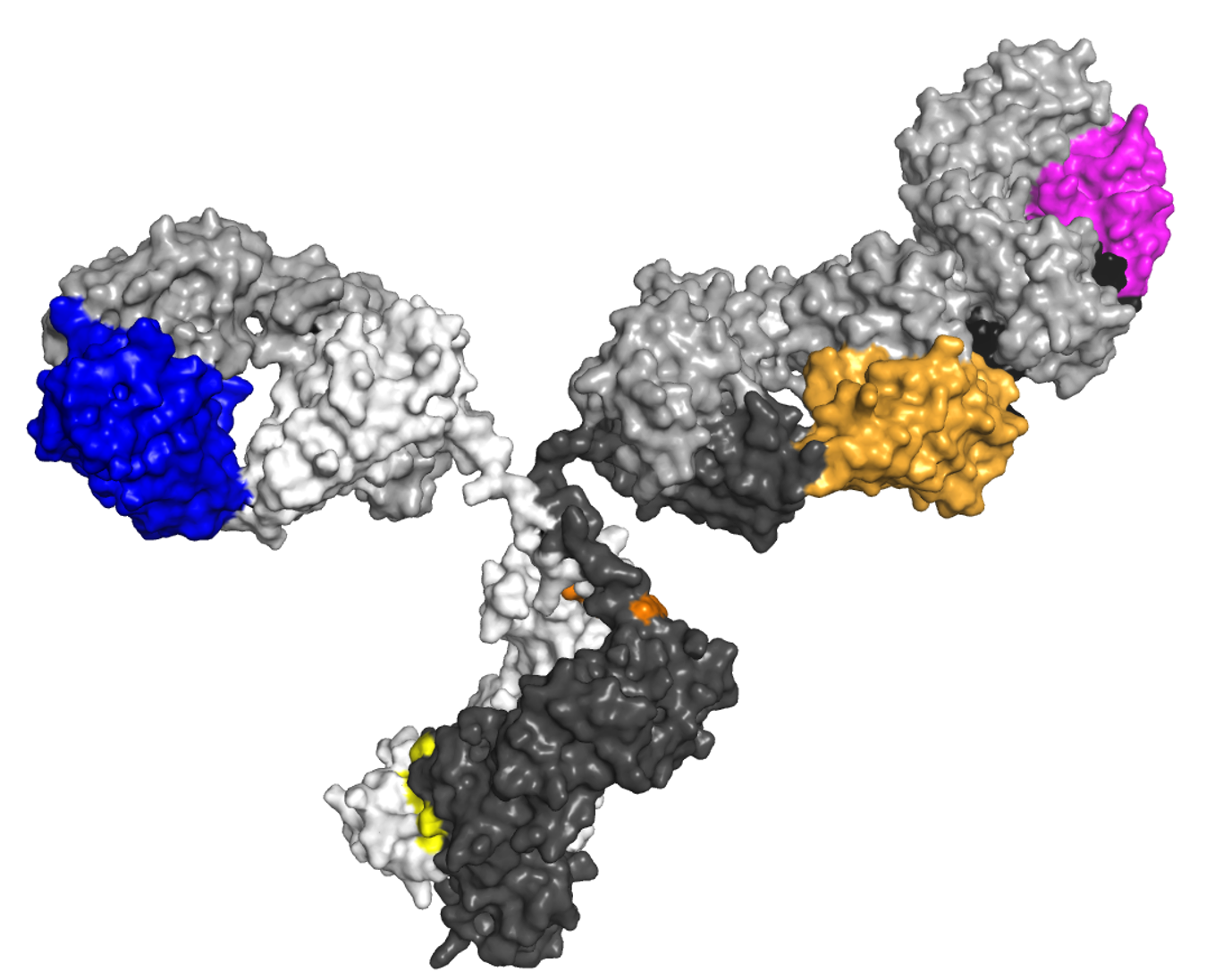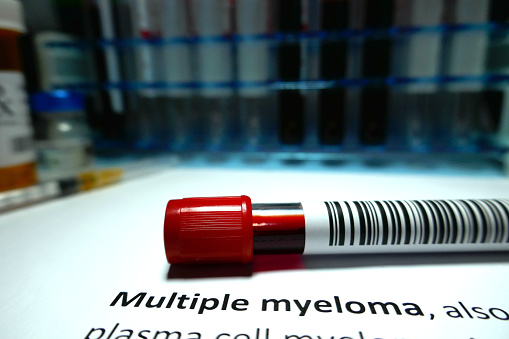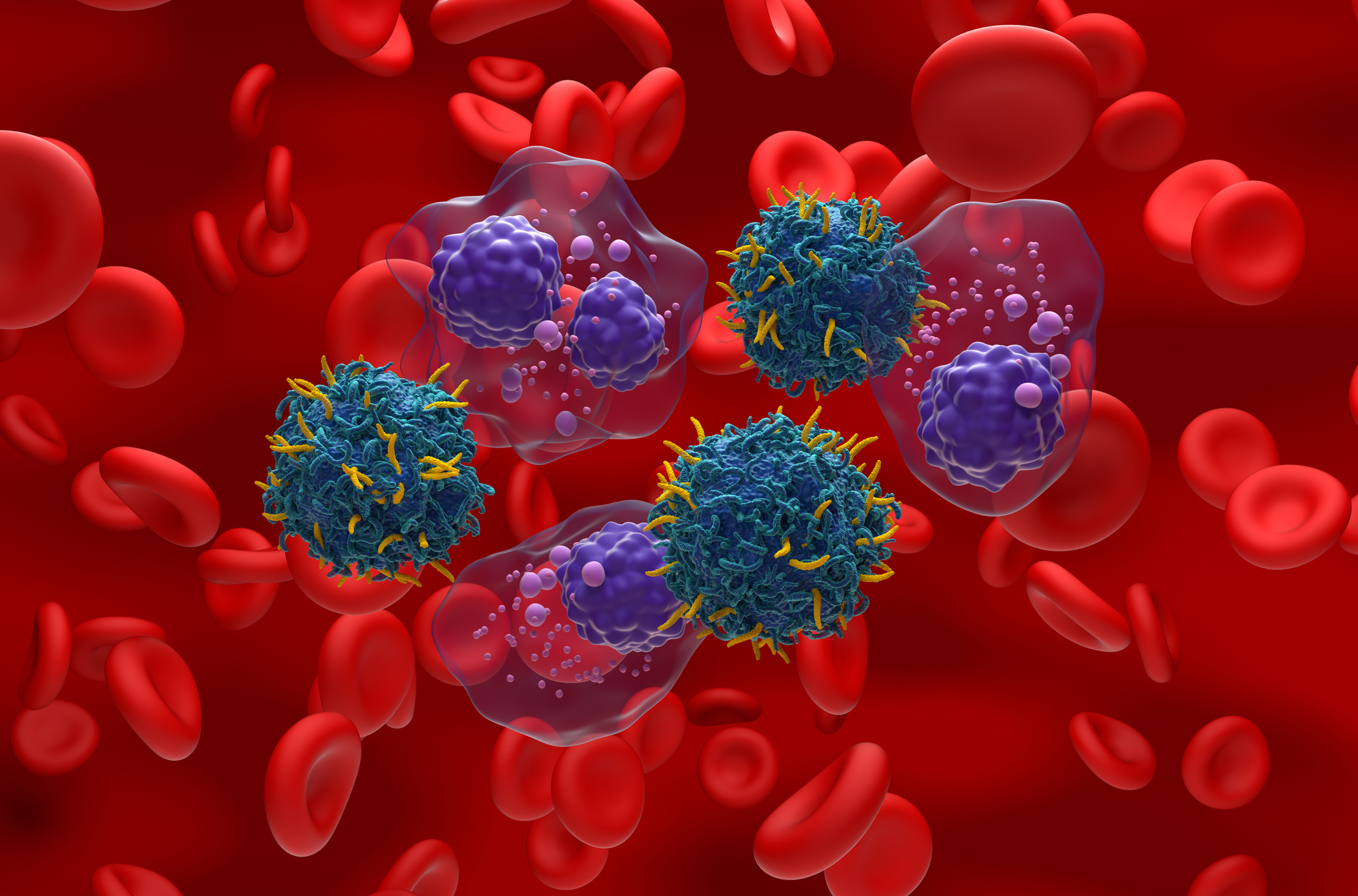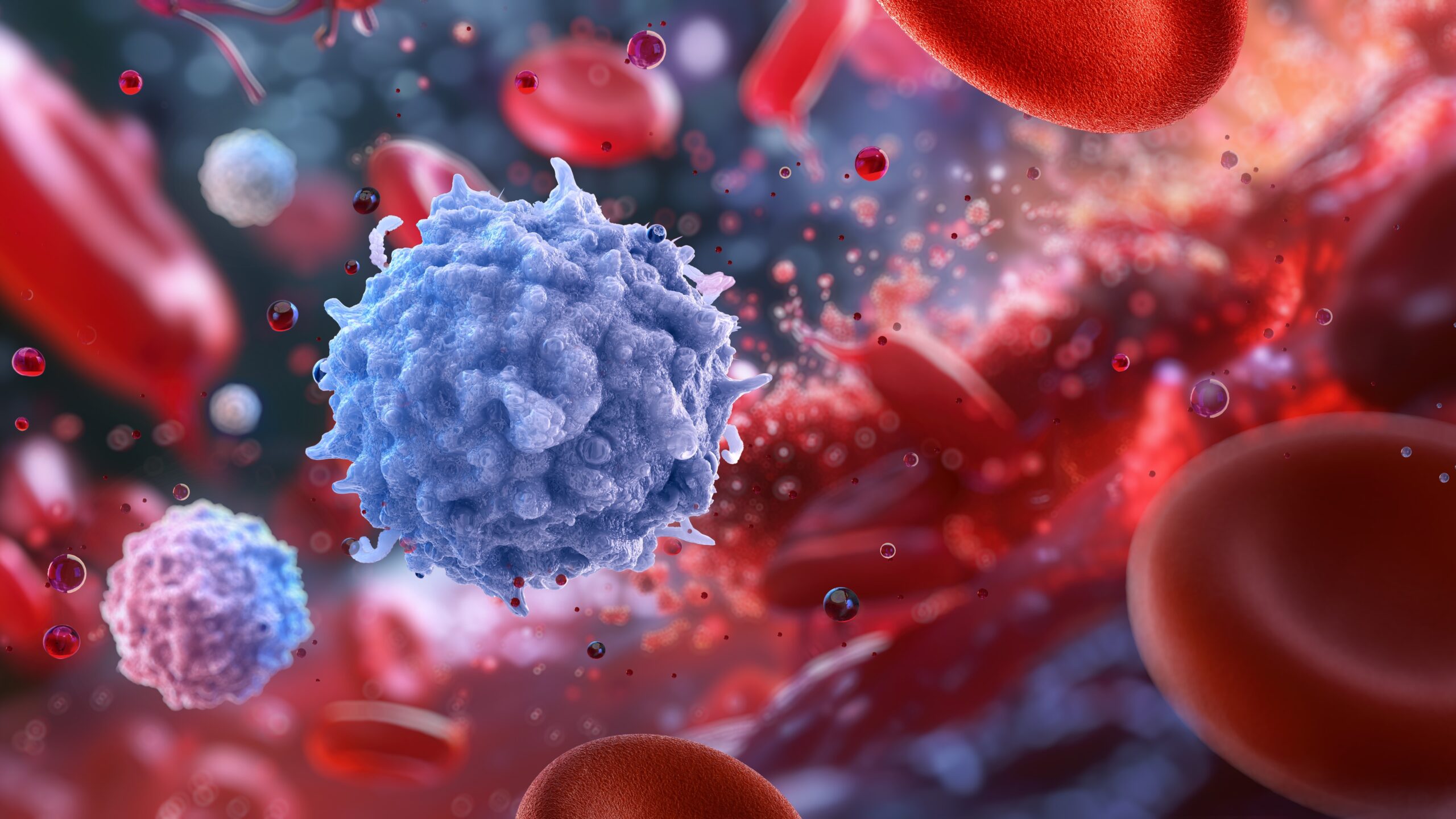
There is a significant unmet need for better treatment options among patients with triple-class exposed (TCE) relapsed or refractory multiple myeloma (MM) with extramedullary disease (EMD), according to a pooled analysis of the non-interventional LocoMMotion and MoMMent studies.
“This need is illustrated by the poor outcomes observed with existing [treatments] and the absence of an effective established [standard of care] for this condition,” stated lead researcher Philippe Moreau, MD, PhD, of the University Hospital Hotel-Dieu in Nantes, France, while presenting at the 65th ASH Annual Meeting and Exposition in San Diego, California.
The pooled analysis included 248 patients from LocoMMotion with a median follow-up of 26.4 months (range, 0.1-35.0) and 54 patients from MoMMent with a median follow-up of 9.3 months (range, 0.4–15.3). Both trials enrolled patients with three or more prior lines of therapy who were TCE with measurable disease, had progression since their last therapy, and had an Eastern Cooperative Oncology Group (ECOG) performance status of zero or one.
The pooled cohort of 302 patients had a median follow-up of 24.3 months (95% confidence interval, 21.0-25.6). A total of 30 patients had EMD at baseline. Patient and disease characteristics at baseline were “generally comparable” according to the authors, although the EMD population had a ≥10% difference in International Staging System stage III, lactate dehydrogenase >245 U/L, and ECOG performance status of 1.
Additionally, more patients with EMD were penta-drug exposed versus those without EMD (56.7% vs 45.2%, respectively), and more had received autologous stem cell transplantation (76.7% vs 62.5%, respectively).
The EMD group had received 21 distinct treatment regimens, primarily based on chemotherapy. Compared with patients without EMD, the EMD group had a poorer objective response rate, median progression-free survival, and median overall survival.
| Disease status | ORR | PFS | OS |
| EMD | 23.3%
(95% CI, 9.9-42.3) |
2.3 months
(95% CI, 1.6-4.4) |
7.2 months
(95% CI, 5.4-18.6) |
| Without EMD | 32.7%
(95% CI, 27.2-38.6) |
5.1 months
(95% CI, 4.4-6.0) |
15.1 months
(95% CI, 12.0-18.5) |
EMD, extramedullary disease; ORR, objective response rate; OS, overall survival; PFS, progression-free survival.
Ultimately, Dr. Moreau suggested, “Conducting clinical trials with innovative therapies, using clearly defined criteria for EMD, is essential to address the unmet medical needs” of patients with TCE relapsed or refractory MM with EMD.
Reference
Moreau P, Mateos MV, Goldschmidt H, et al. Outcomes of patients with extramedullary disease in triple-class exposed relapsed/refractory multiple myeloma from the LocoMMotion + MoMMent studies. Abstract #4698. Presented at the 65th ASH Annual Meeting and Exposition; December 9-12, 2023; San Diego, California.






 © 2025 Mashup Media, LLC, a Formedics Property. All Rights Reserved.
© 2025 Mashup Media, LLC, a Formedics Property. All Rights Reserved.